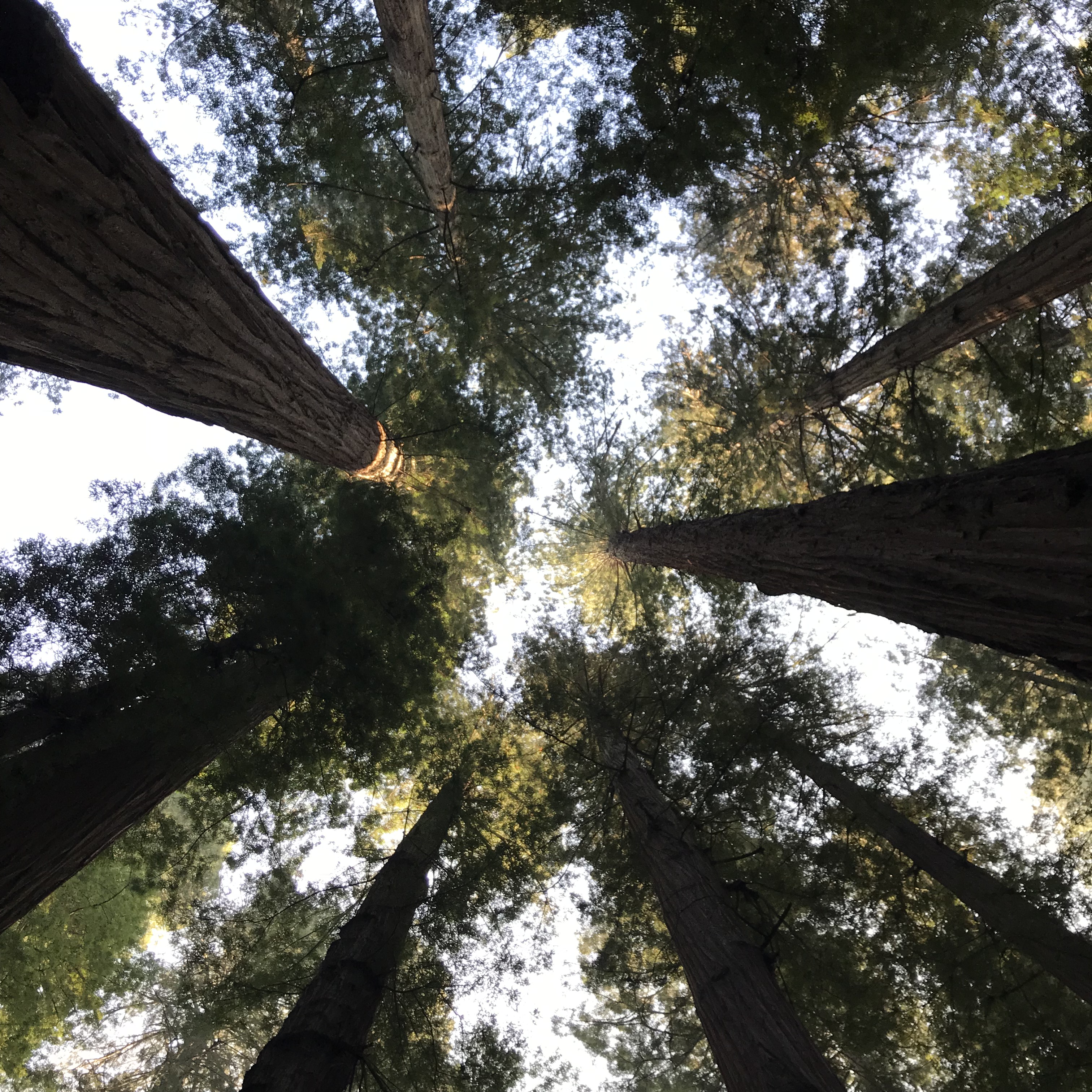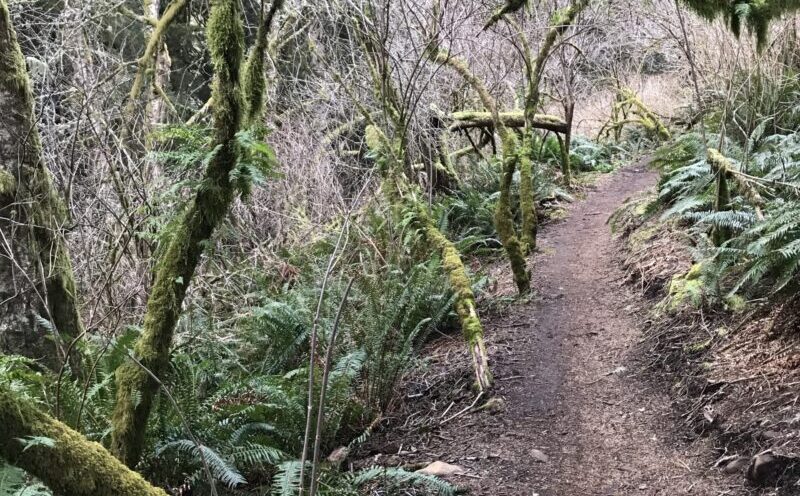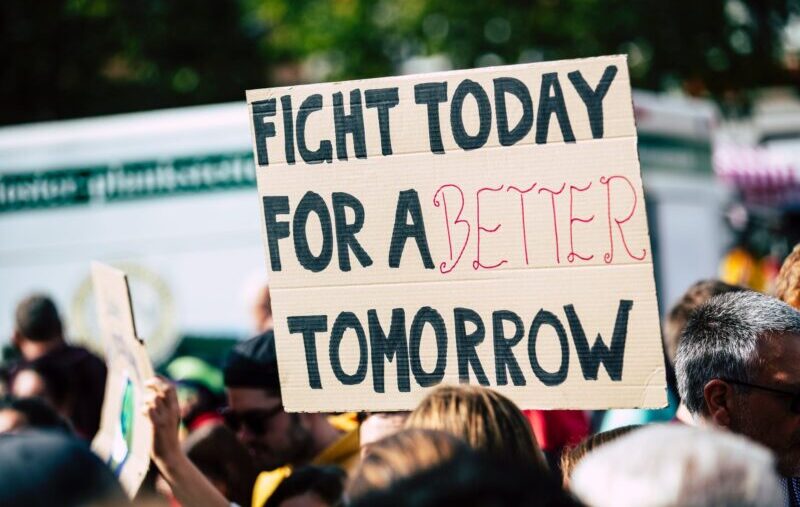For a healthy forest to remain healthy – for it to survive – it has to burn.
That’s not conjecture, it’s science.
A forest has to burn frequently enough to clear out the understory – the pine needles, dry grasses, and smaller trees – that when left unmanaged can turn a necessary cycle of periodic fire into an inferno from which few forests can ever fully recover.
Too much fuel equals massive devastation. When that fuel is reduced the mature trees – the ones we think of as “forest” – remain unharmed and even strengthen their resistance to fire.
Since people don’t care much for fire, these “healthy burns” rarely get a chance to run their natural course. We stamp them out as quickly as possible and unwittingly create conditions for much worse outcomes down the line.
The natural world, in its taciturn way, is always teaching us how to work with change in our own lives and in our organizations, too.
Sometimes the understory has to burn – old hurts let go of, good people moving on, dated practices falling away – so that we have the space, once again, to imagine just how high we would like to grow.





